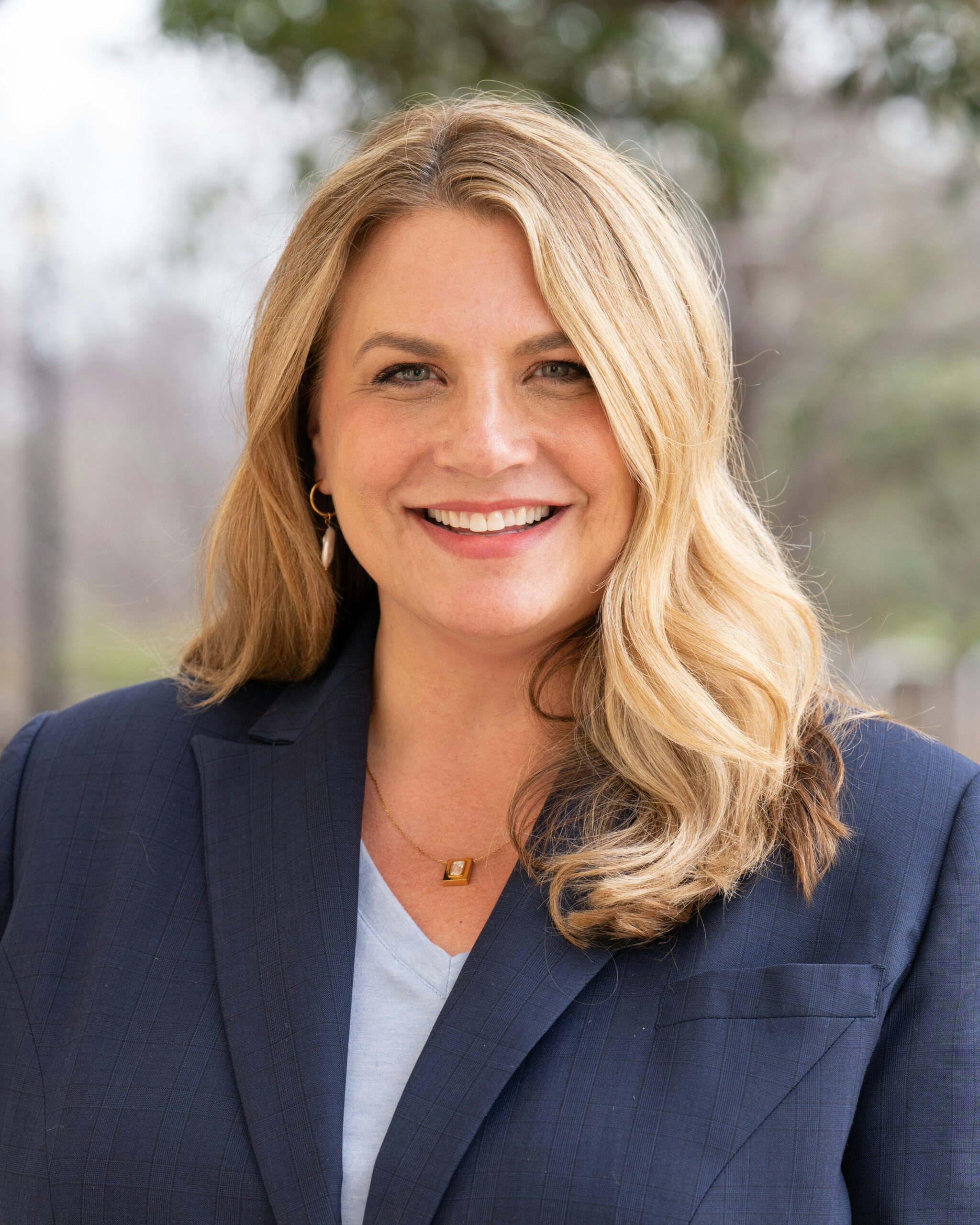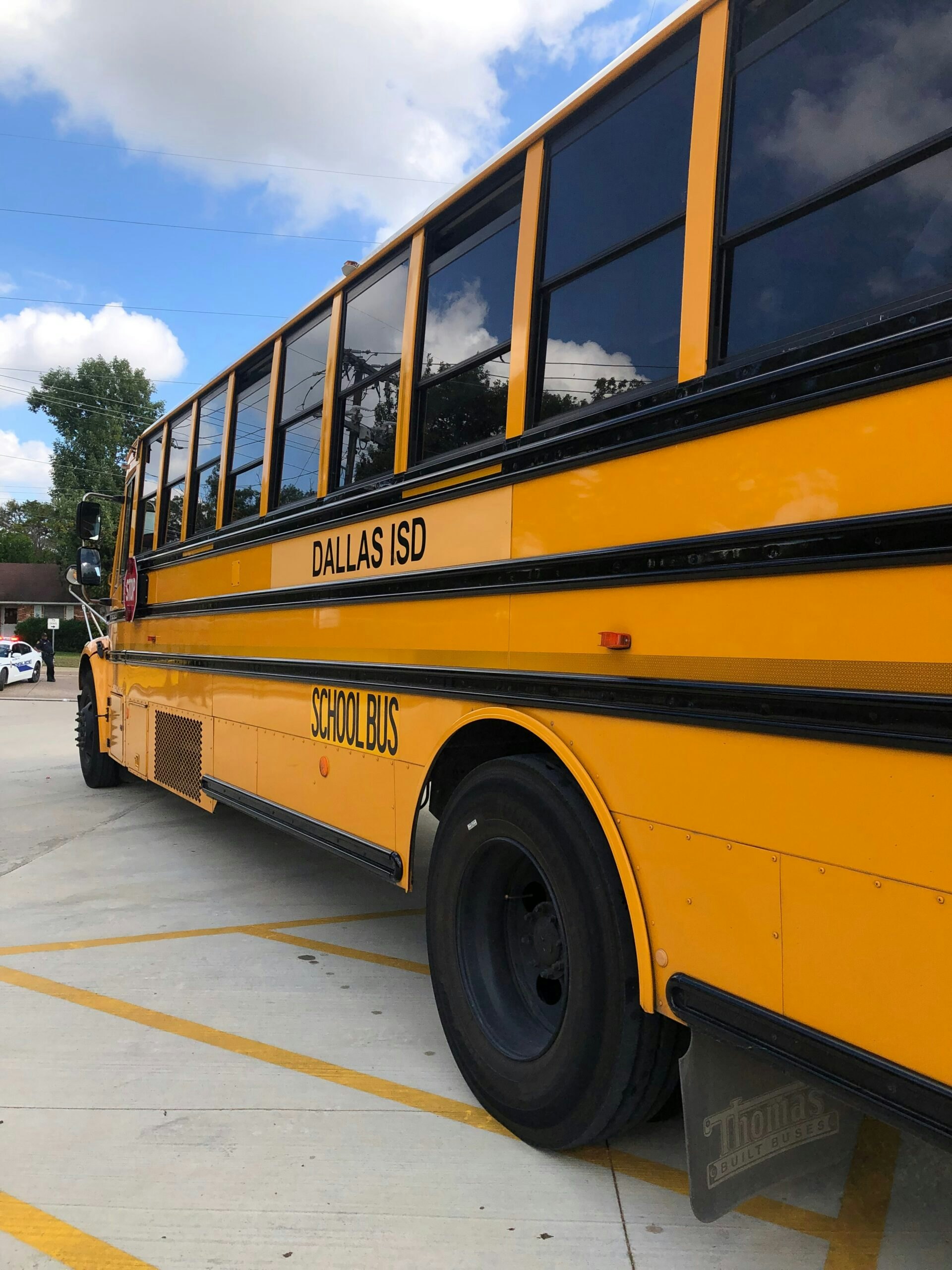Our Recommendations:
- Focus on strategies that create more time for instruction
- Give decision-making power to those closest to students
- Invest in the educators we need to lead
- Strengthen governance to ensure strong implementation
- Prepare for transparent decision-making and progress reporting
It is clear that young people bore the brunt of the pandemic’s impact. Disrupted learning, sometimes stretching for two years, forced many students off track and behind academically. We now face an unprecedented need to make smart investments with federal relief funds in efforts that accelerate student learning. District leaders should move quickly and thoughtfully to effectively spend the $190 billion in Elementary and Secondary School Emergency Relief (ESSER) grant money to help students.
The 2022 National Assessment of Student Progress (NAEP) scores, also known as the Nation’s Report Card, showed shocking drops in fourth and eighth grade student proficiency since 2019 – i.e., pre-COVID – effectively erasing years of progress. No student was immune from the disruption as declines appeared across bands, including high performers as well as low. But our most vulnerable children, those who were furthest from on track before the pandemic, suffered the most significant loss.
The federal government provided billions of dollars in relief through the ESSER grant program. Currently, states and districts have until September 2024 to allocate that money. Spending to date has been slow. As of October 2022, the 25 largest school districts in the country – serving nearly 6 million children – had only spent about 15% of their allocated funds.
Given the massive amount of ESSER funding available, states and districts are challenged to think strategically. Smart investments can have a profound impact, but reactionary quick spending is a waste.
Focus on strategies that create more time for instruction
The pandemic stole learning time from students, and so that is what must be recreated and fueled by relief funds. Time can be created in a variety of ways, and solutions will look different across age groups and regions.
In Colorado, for example, a district used funds to extend its school year by an optional 12 days after surveying parents and teachers. Hawaii used funds to create a three-week bootcamp for incoming kindergarten students, many of whom hadn’t enrolled in pre-K, to help them acclimate to school and begin to learn.
Tutoring is one of the most direct ways to create intensive learning time. One Texas district entered a contract with a tutoring company that pays more when students progress, as measured by district interim assessments. Arizona created a free summer camp model to engage with and catch up students in need of credit recovery or wishing to re-enroll after dropping out. Teachers were paid a premium to staff the camps.
Leaders should connect their investments directly to where they have the biggest learning gaps. This sounds deceptively simple. But it requires leaders to use student outcome data to see which students are off track, select interventions that directly target those gaps, and understand the expected effectiveness of each intervention so that students can make up as much ground as possible. If students are trailing two years behind, deploying only one intervention that will likely provide six months of progress is just a starting point, not a complete solution.
Give decision-making power to those closest to students
Context matters, and the experience and needs of students vary from campus to campus. Given that, those who know a campus’s children and families best – principals and parents – should have a voice in relief grant investments made to support their students. Chicago Public Schools, for example, is giving select principals in the district discretion to spend significant funds on their campuses, recognizing that the school leaders best understand their students’ specific needs. Similarly, a district in Rhode Island designated a pot of funds to be allocated by the community through a participatory voting process.
A challenge of this magnitude requires fresh thinking and all hands on deck. The allocation process must include the perspectives of those closest to students – educators and families. District officials won’t be able to solve for learning loss alone. Leaders need the ideas and effort of those outside the district as well as within the district to help students thrive. The additional instructional time requires changes to the school day and more support during nonschool hours. Families and principals have an essential role in identifying what will work for their students.
Invest in the educators we need to lead
Recovery from the pandemic requires strong, tight instruction. Many districts have invested in updated curriculum and instructional materials, and educators need training and support to learn how to use new resources well. Many students have stalled socially as well as academically, requiring teachers to help students adapt as they reengage in school. Our best teachers and principals should be rewarded for their expertise.
Simply put, teachers and principals need support to teach and lead differently today. Investing in their professional growth is a smart strategy. In Alabama, for example, funds are being used to train teachers in a research-based approach to reading, something every district should consider. Atlanta is using incentives to match high-quality educators with the campuses that need their expertise the most.
Nearly every district in the country is struggling to hire and retain talent. Investing in the educators already on board – with proven, high-quality strategies – can help keep great educators in their roles. And children benefit from what educators learn.
Strengthen governance to ensure strong implementation
Ninety percent of the ESSER funds will be spent at the district level, under the purview of school boards. Success will require that school board members understand their governance role in this process, which includes setting goals for student outcomes and being accountable for their decisions related to those outcomes.
Most school boards don’t operate with this understanding, creating an enormous risk that investments will be misdirected away from students and that implementation of ideas will falter. This also presents an opportunity for sustained improvement if relief dollars help school board members better understand and execute their roles.
North Dakota is a leading example in this, choosing to invest funds in a training institute for board members, particularly helping board members learn how to focus their work on student outcome goals and hold themselves accountable for success.
Prepare for transparent decision-making and progress reporting
District leaders need to communicate both what they are funding with ESSER money and why they selected these specific investments for their students. Stakeholders – parents, community members, and students – need to understand which efforts the district is focusing on, how district leaders reached those decisions, and how they will measure performance. Administrators and board members should document the decision-making and implementation processes, and goal progression.
District leaders and school board members should be able to demonstrate what the data show and what needs to be done in response, explicitly inviting stakeholders into the decision-making process. This will create a collective understanding of the problem and the solution. And it will help create shared accountability for success among the district leaders, educators, board members, parents, and community members.
We recommend that district leaders and board members use tools like the Education Recovery Scorecard and the Edu Recovery Hub to access precise information about their district’s learning loss along with promising practices from around the country.
The massive learning loss facing kids combined with the $190 billion in ESSER funds available to districts requires that leaders move quickly and thoughtfully invest those dollars directly in student support. The demand is unprecedented; students need action and resources quickly to be ready for their next steps in life. We want young people prepared for lives with choices and opportunity; that requires making sure they have the knowledge and skills to prepare them for the next grade, for college, and for their careers.





























